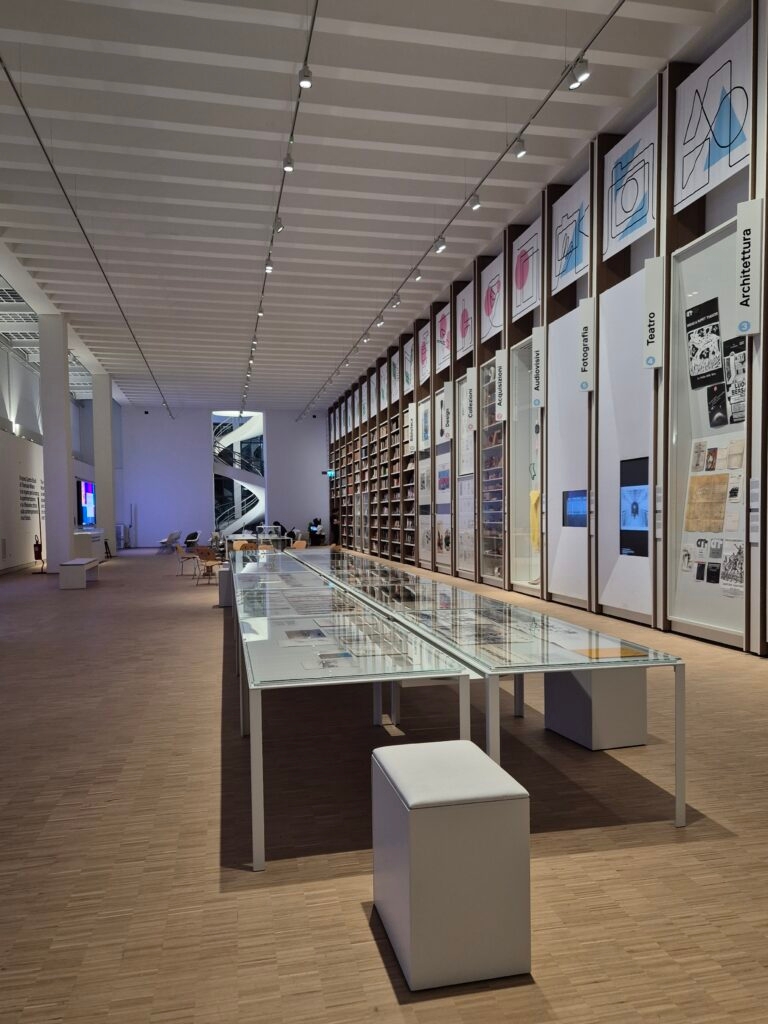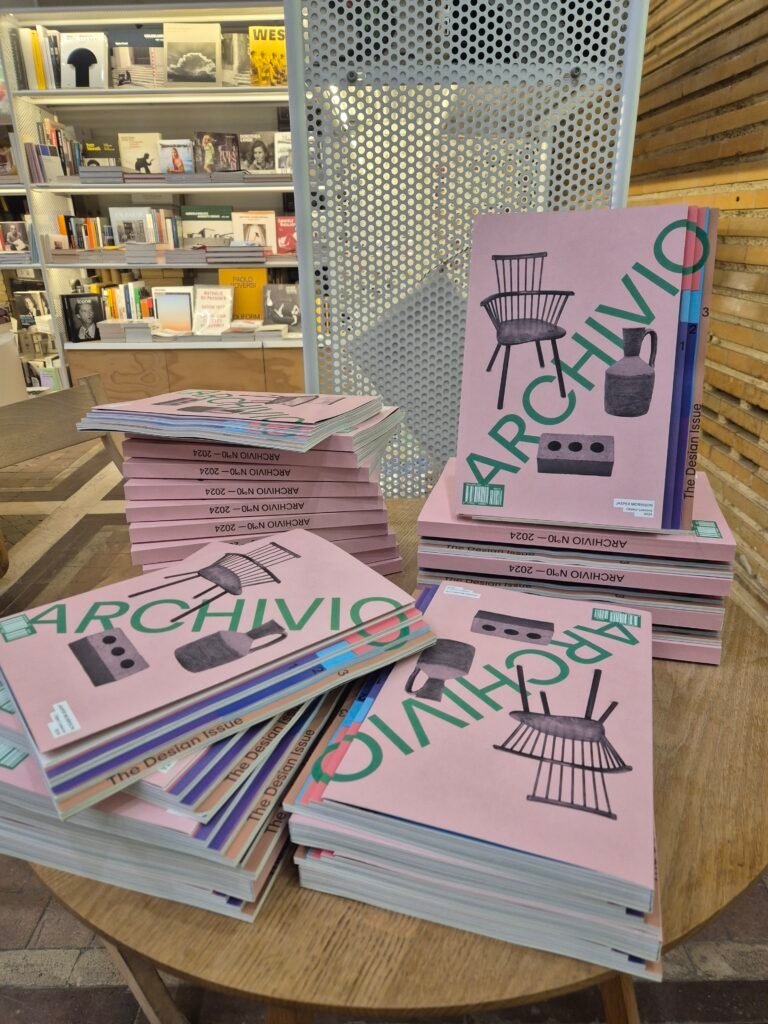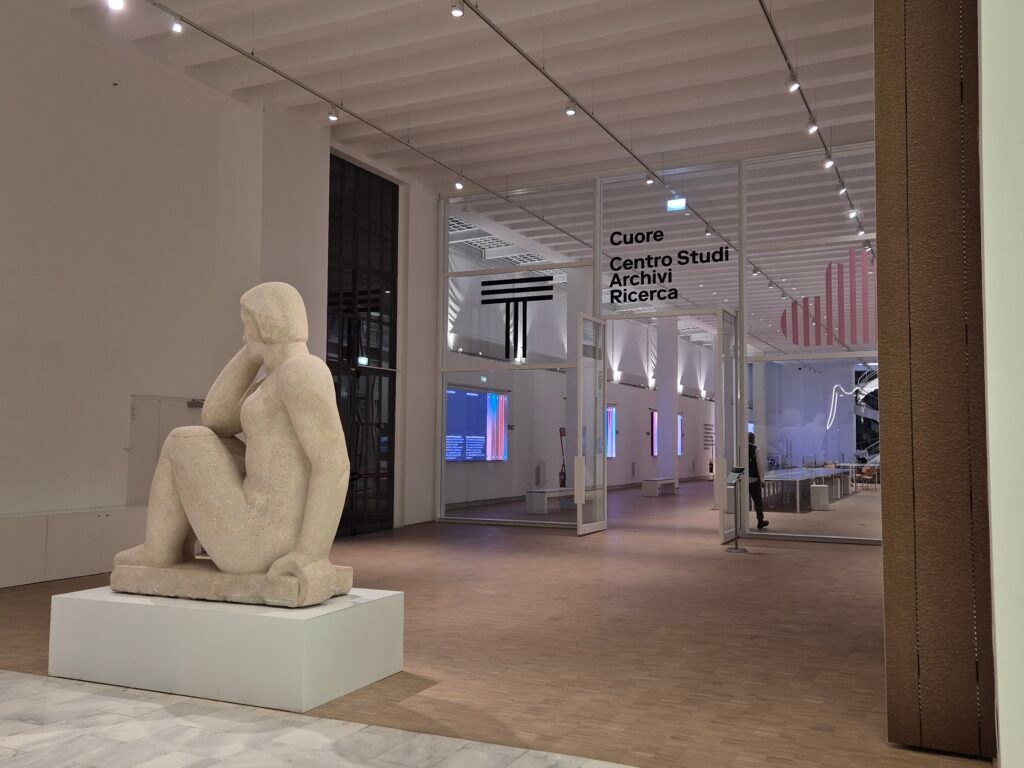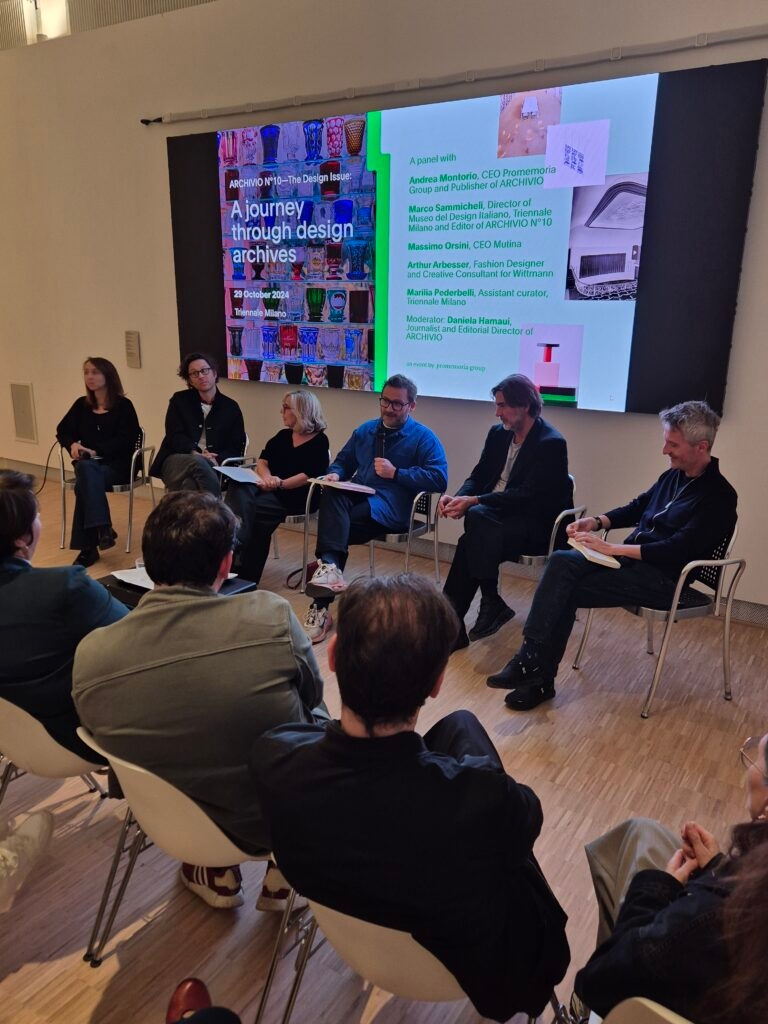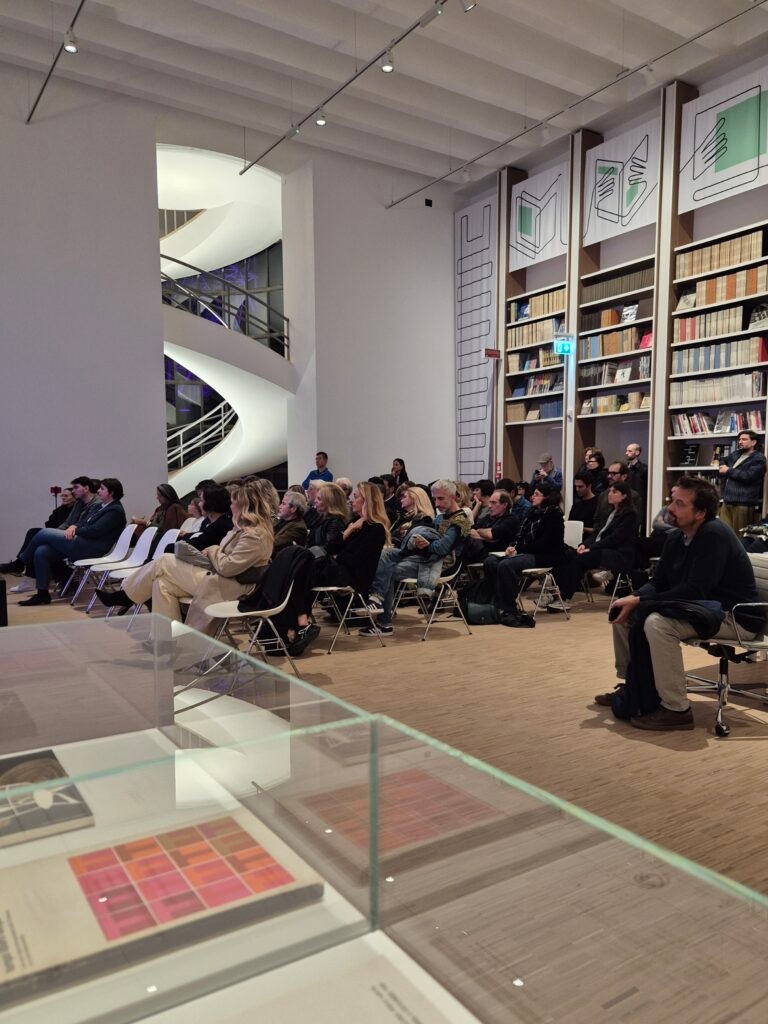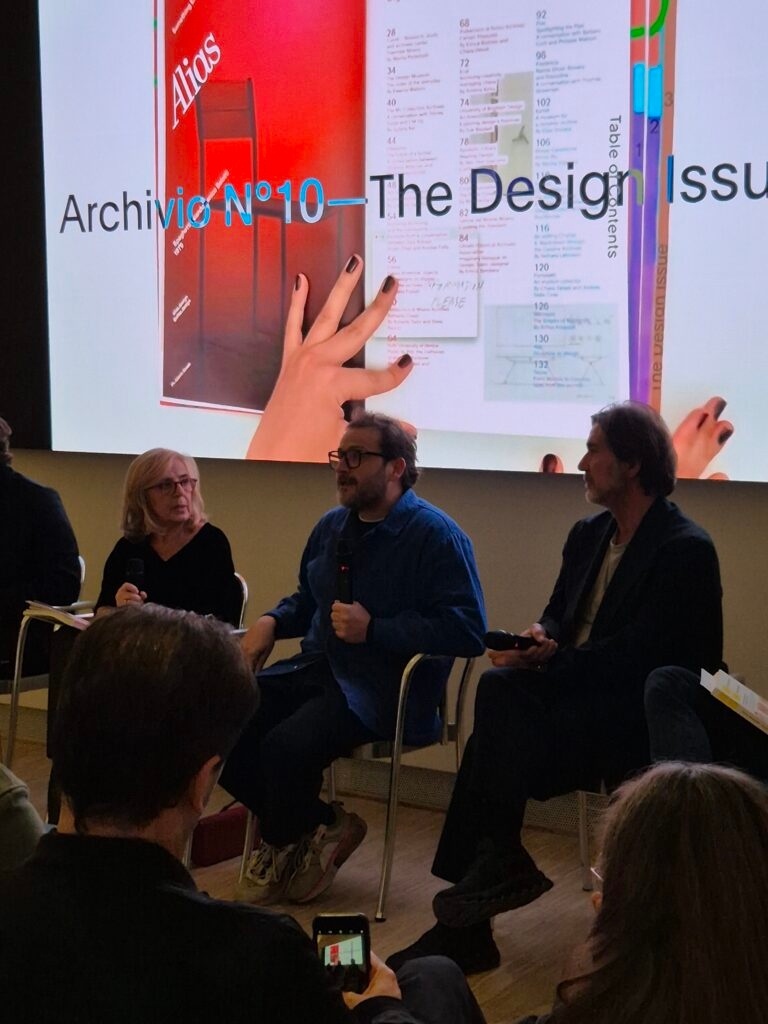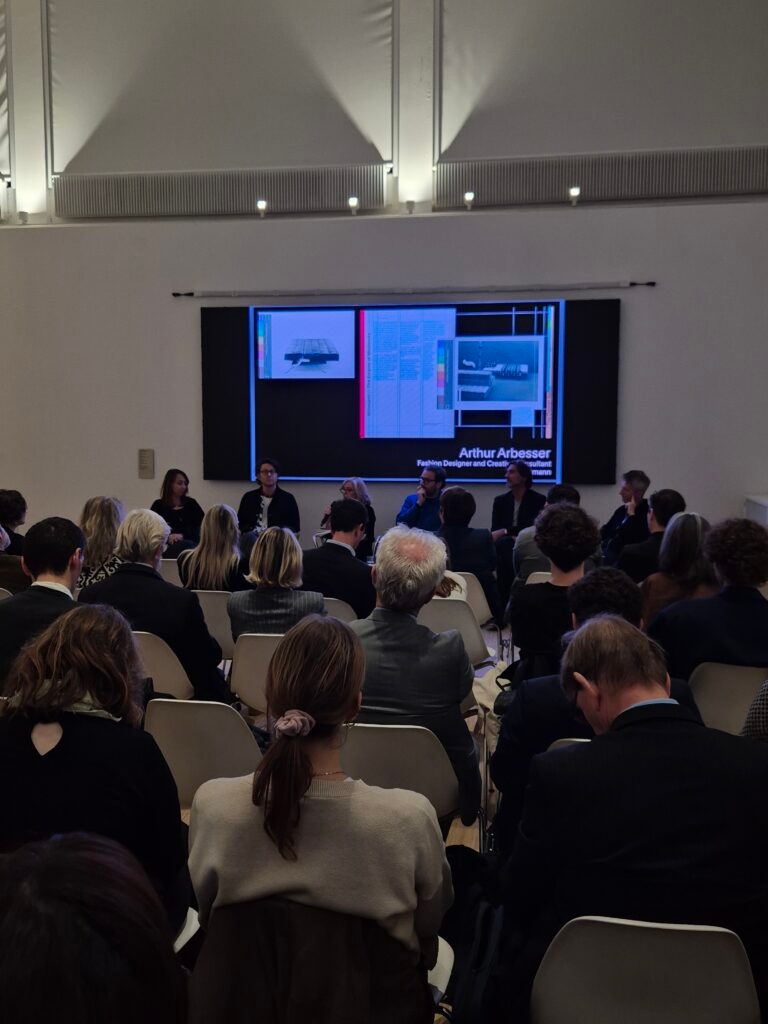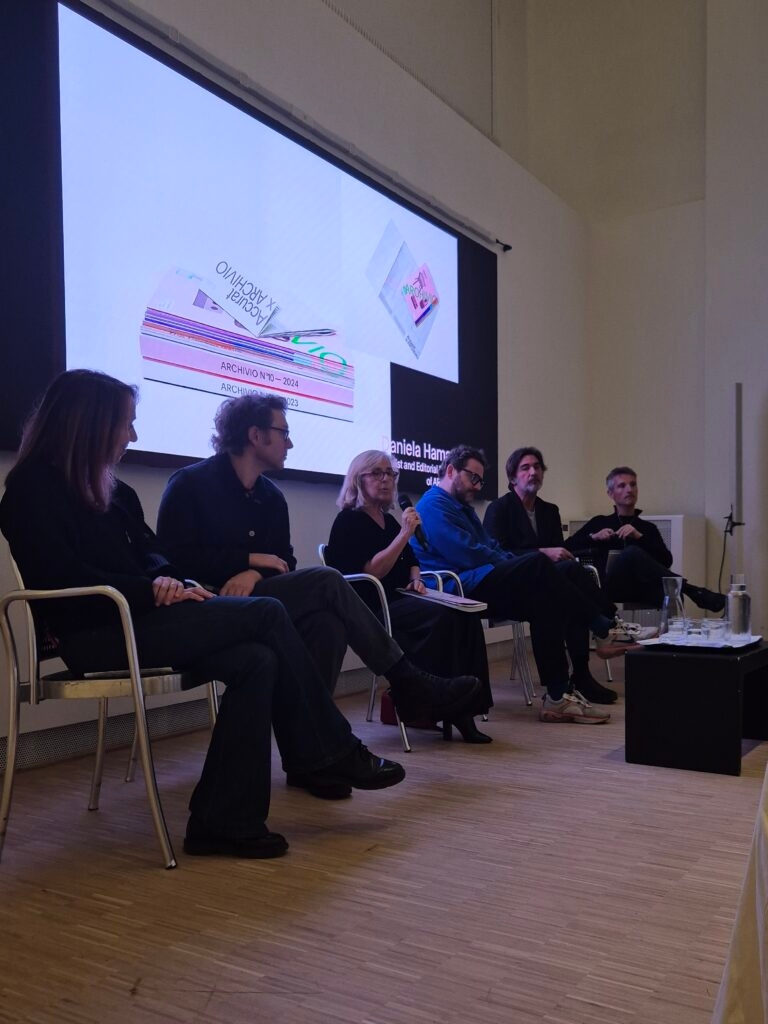The Design Issue
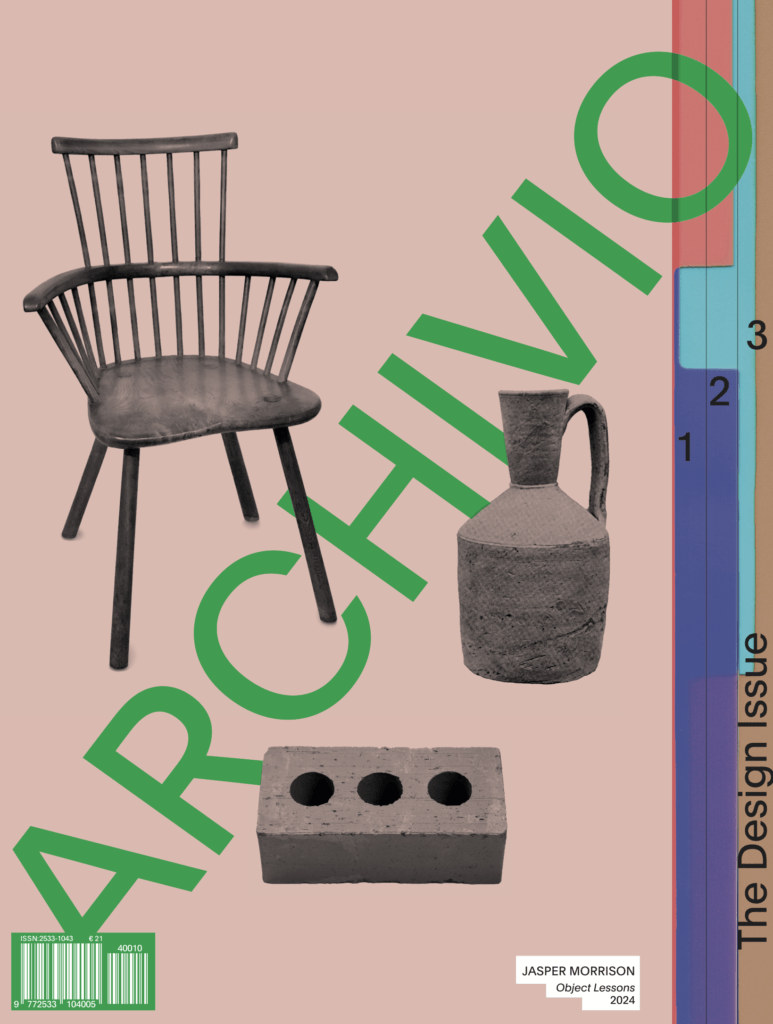
Abstract
The new cycle of ARCHIVIO continues: four thematic issues, each edited by a Guest Editor specialized in the field in order to have an expert eye to open the doors of the archives and show you where to look in these vast worlds.
Following The Fashion Issue, ARCHIVIO N°10 is dedicated to Design and edited by Jasper Morrison—an internationally renowned British designer, and Marco Sammicheli—director of the Museo del Design Italiano at Triennale Milano. Editorial direction is by Daniela Hamaui, while the art direction is by Alessandro Gori.
For our cover and first pages, Morrison assembled an imaginary archive of everyday objects from different places, made at different times, related by character or a shared understanding of what it is to be an object.
ARCHIVIO N°10, offers a mapping of the design archives international landscape at this moment in time and a privileged look at the many international design archives, allowing us to admire their eclecticism and heterogeneity, and dividing them into three sections, “Organizations”, “Brands”, and “Designers & Creatives”.
It also includes a special poster: an (in)complete mapping of the many design archives in Italy. A research by Promemoria Group, ARCHIVIO’s publisher, visually processed by Accurat. The result is a map that is also a small work of art.
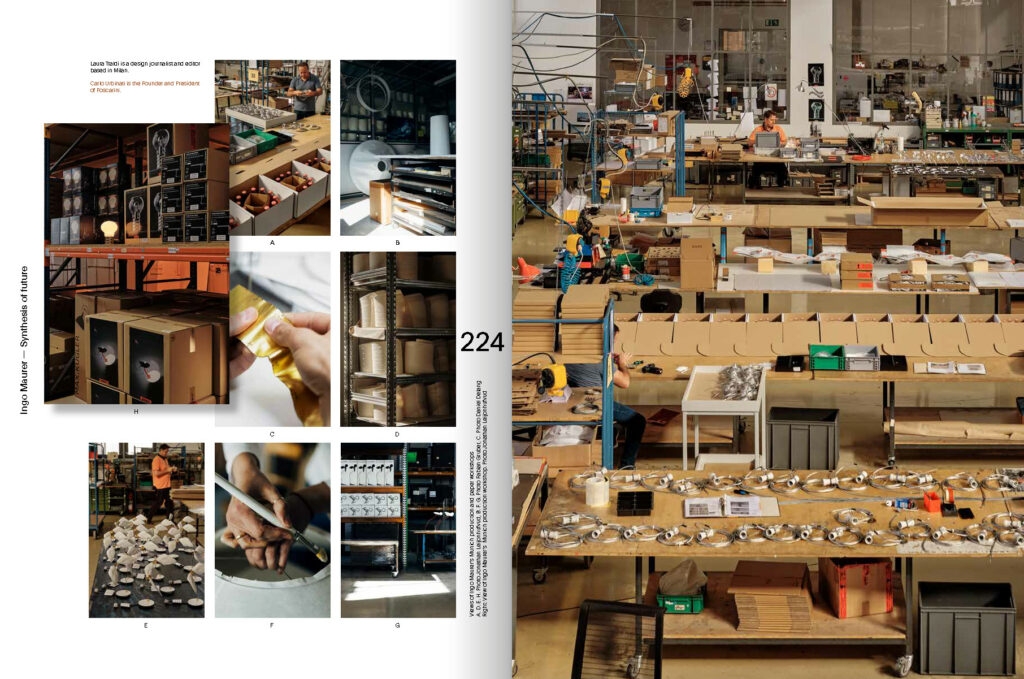
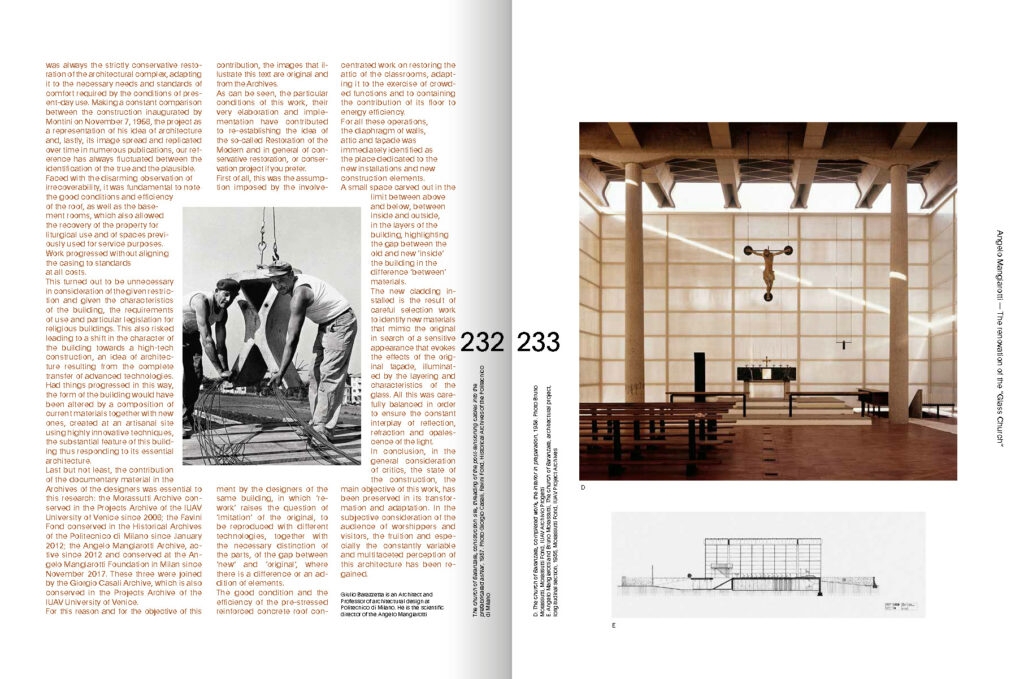
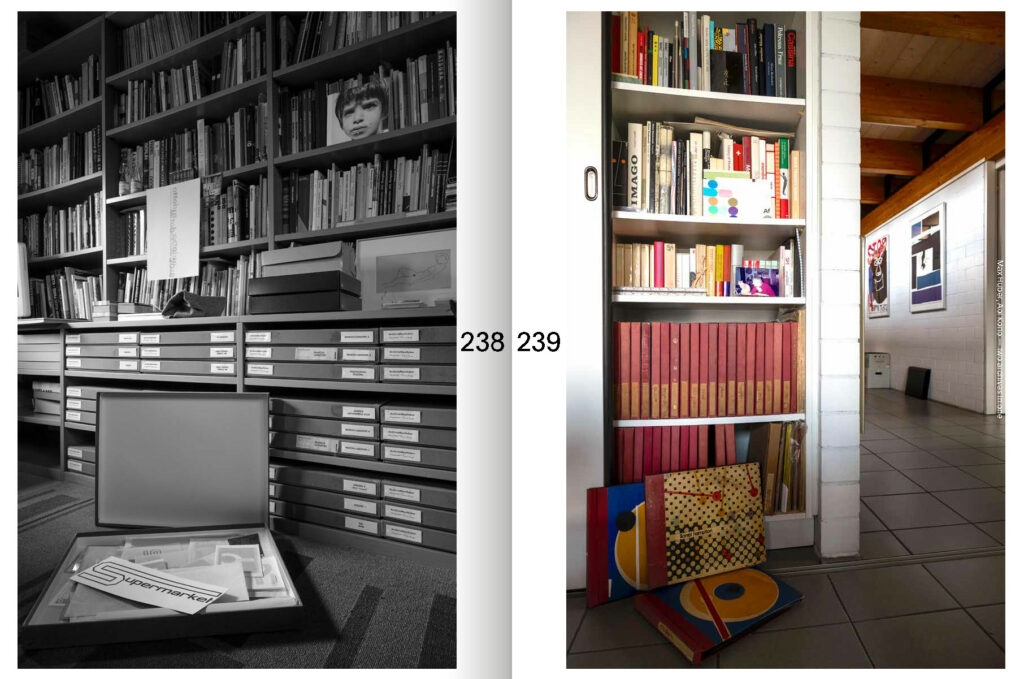
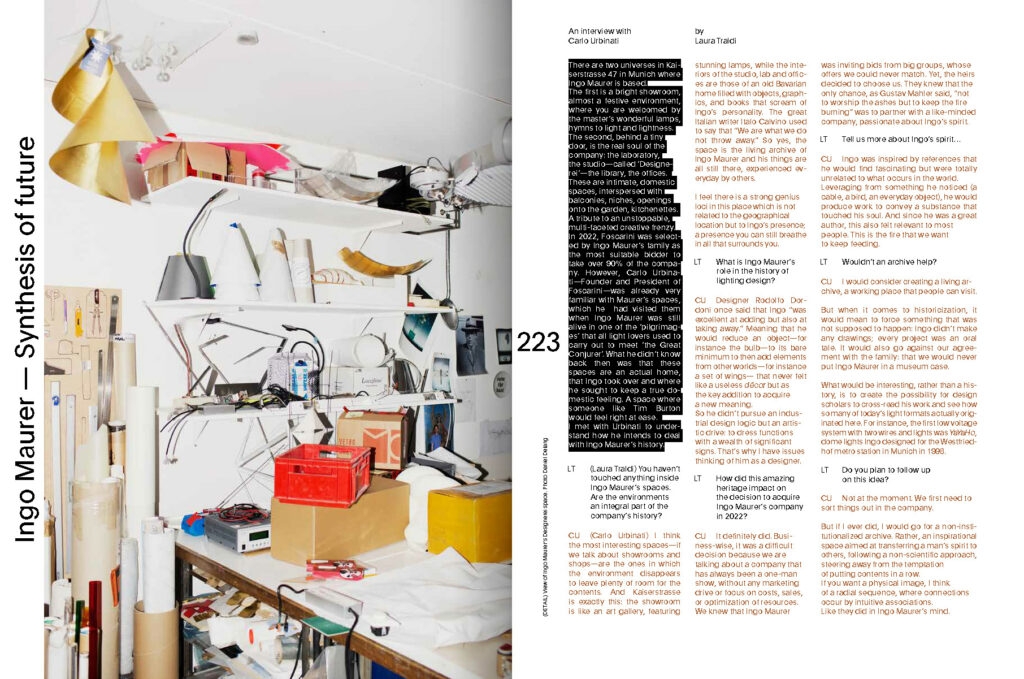

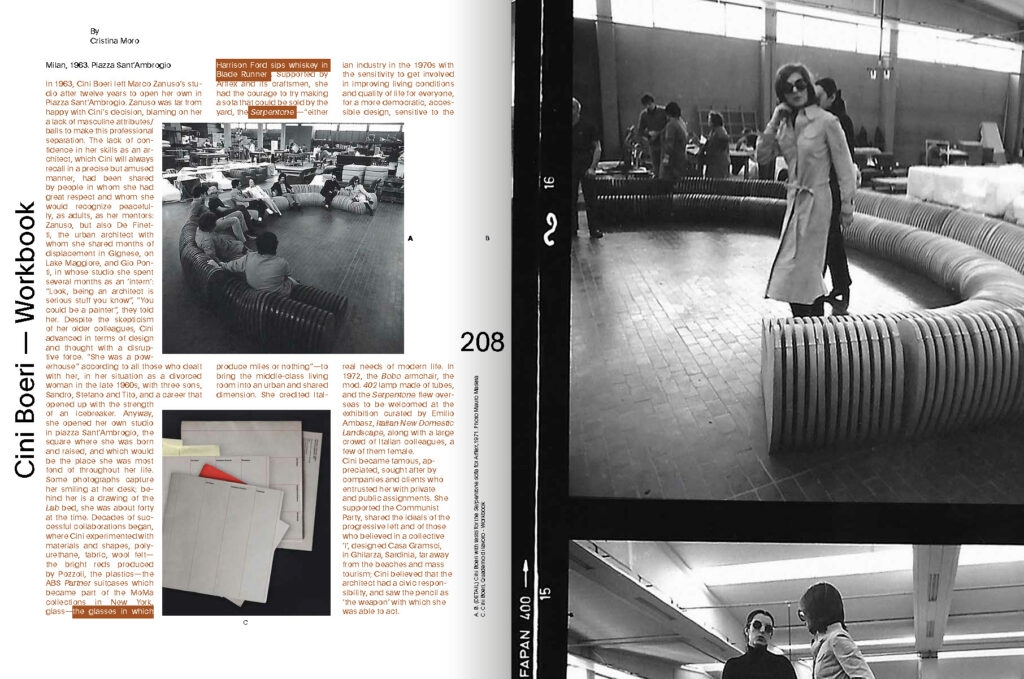
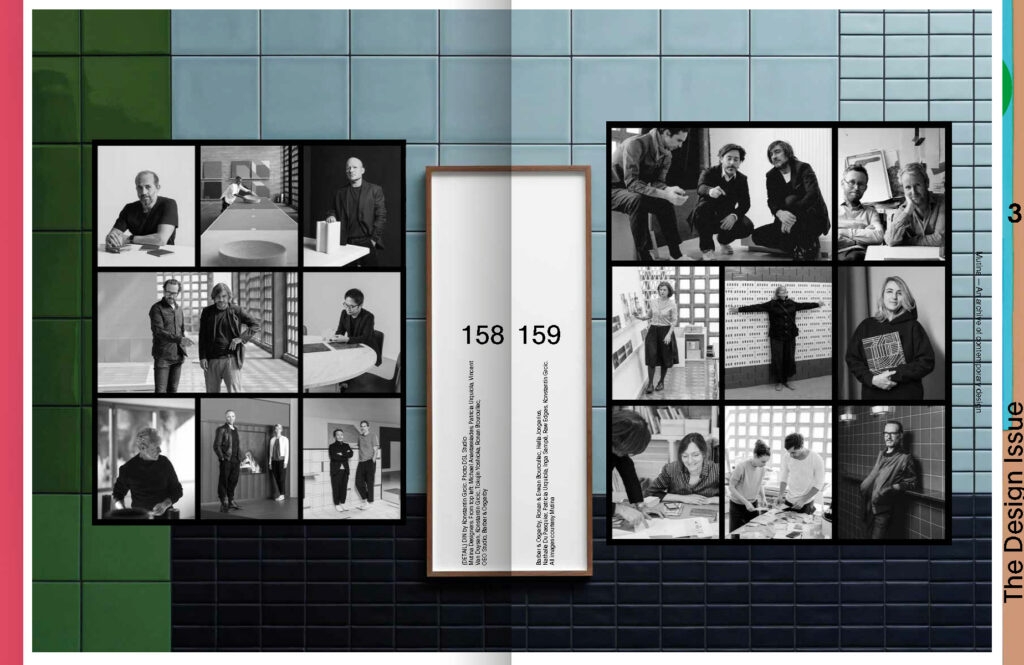
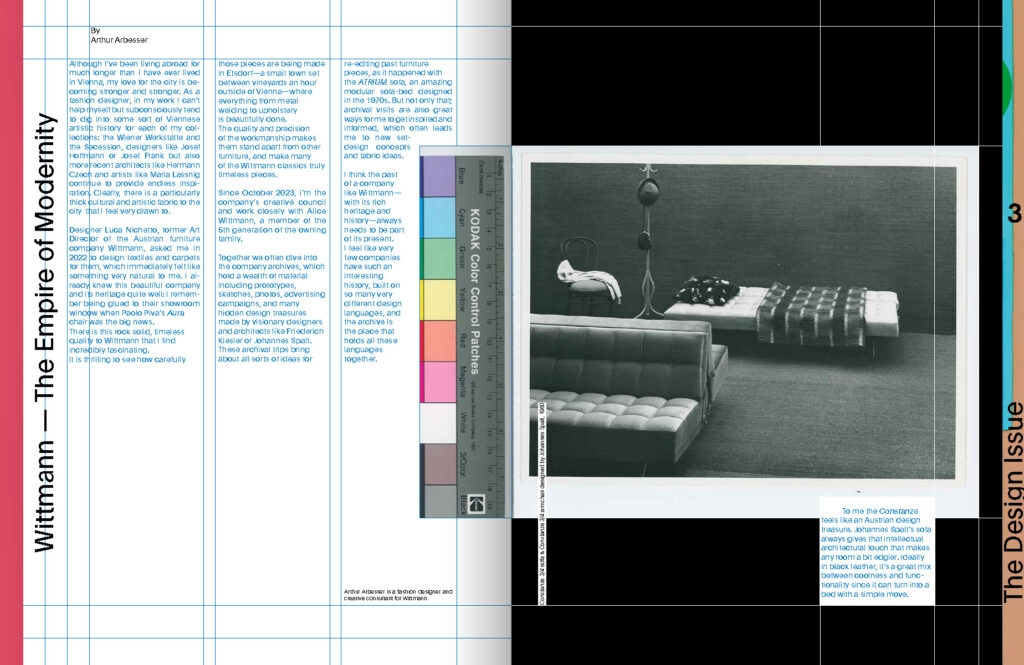
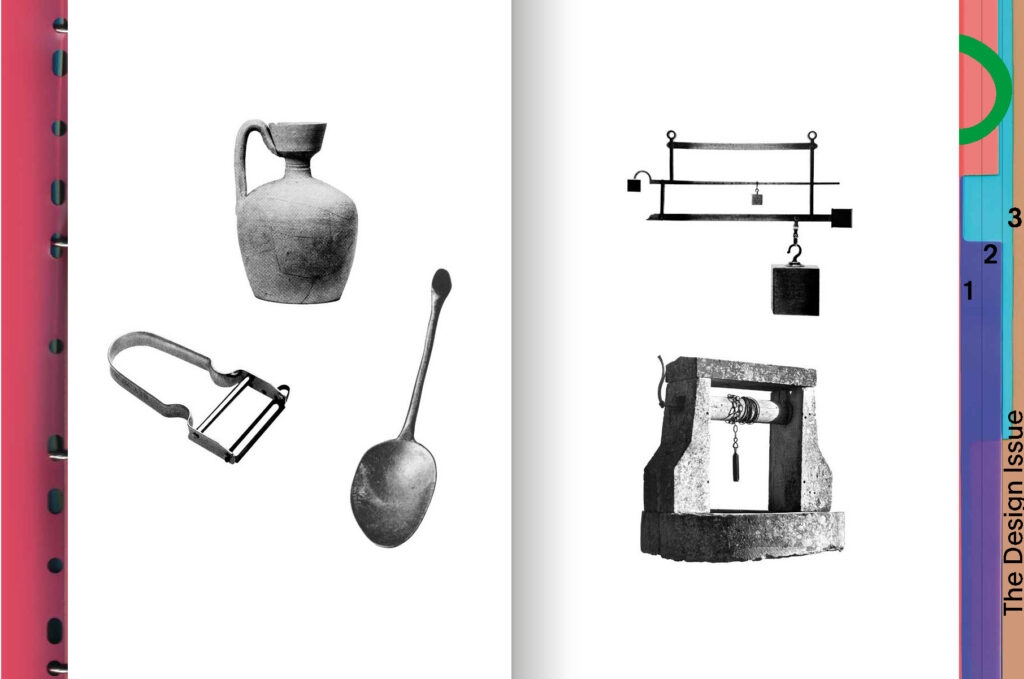
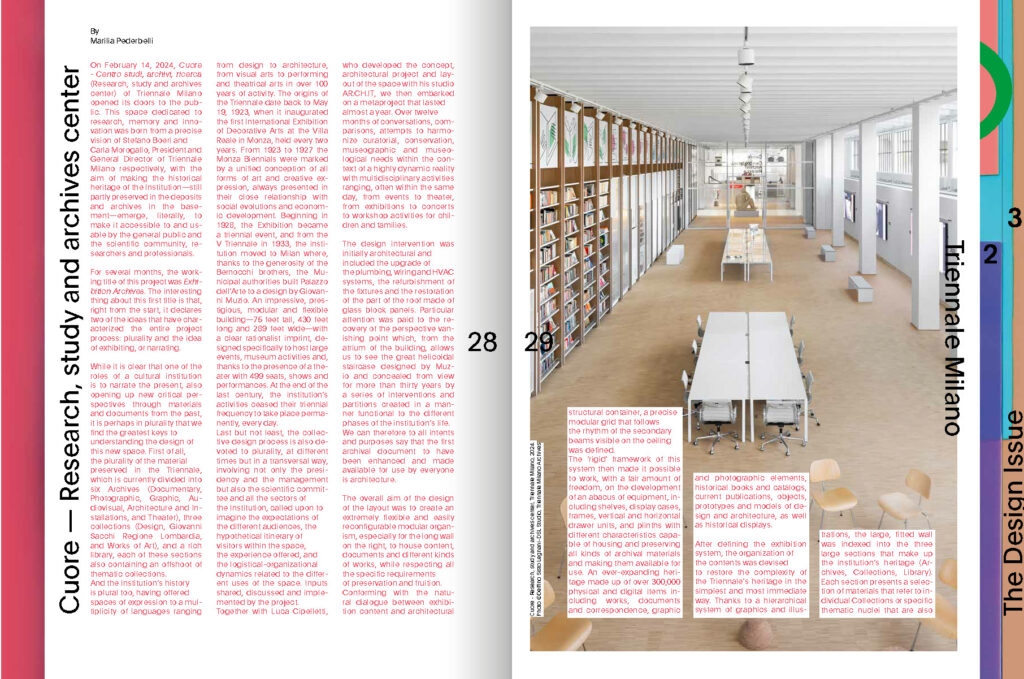




















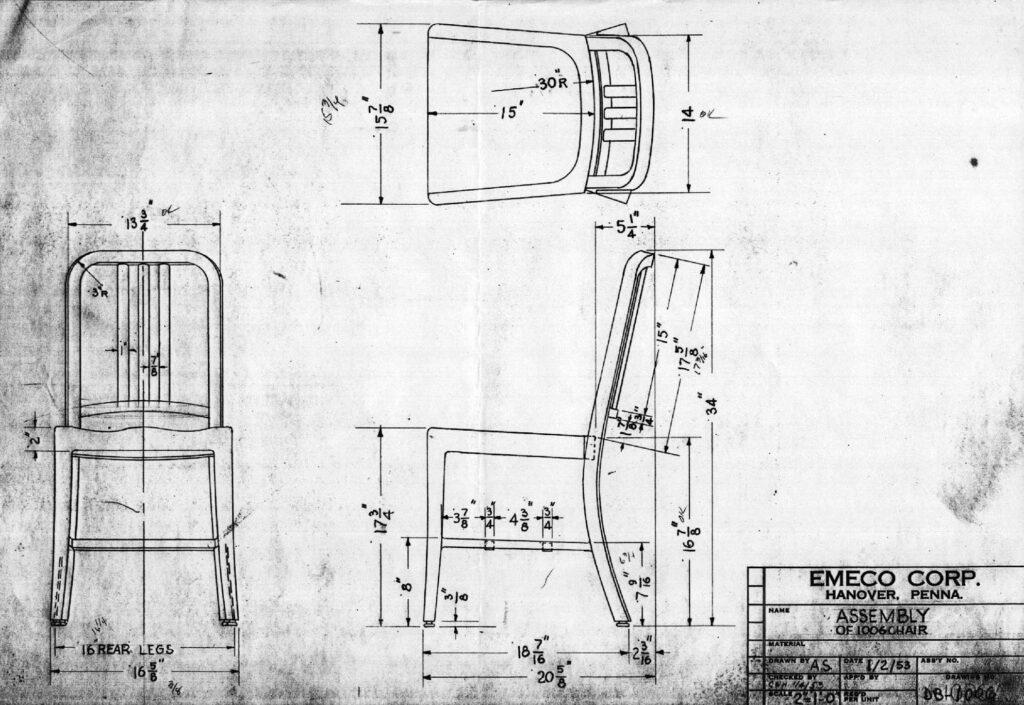
Jasper Morrison,“Forget about Time, forget about Place, forget about Type, Material, Value, Quality or Condition, an archive can be anything you want it to be, there are no rules.”
Guest Editor
Glimpse of the Month
Riccardo Dalisi — Archiving Dalisi
By Gabriele Neri
Archiving Dalisi is a paradox and perhaps even an oxymoron. A battle lost right from the start, if we limit ourselves to conceiving archiving as an action of control, demarcation and progressive ordering of the traces of a career, so as to be able to have an agile atlas, an instruction booklet, an exhaustive map of his activity. Riccardo Dalisi’s work, and therefore his legacy, are based on a profound creative stratification, as well as a strong disciplinary entropy, which makes it hard to univocally catalog themes, boundaries, places, events, authors and chronologies.
Credits:
All images courtesy Archivio Riccardo Dalisi / MiC — Direzione Generale Archivi Soprintendenza archivistica e bibliografica della Campania
